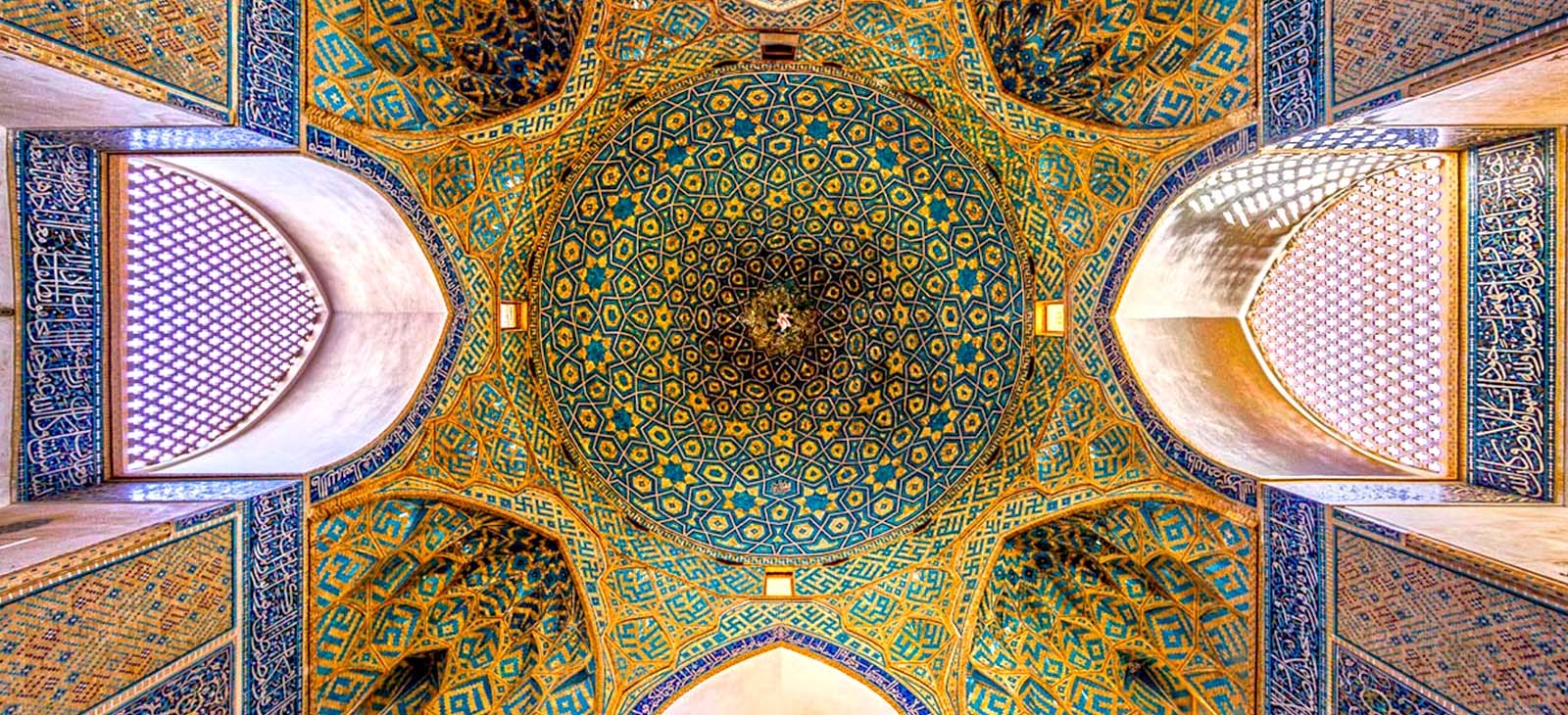The 12th-century mosque is still in use today.
The Jāmeh Mosque of Yazd (Masjid-e-Jāmeh Yazd) is the grand, congregational mosque (Jāmeh) of Yazd city, within the Yazd Province of Iran. The mosque is depicted on the obverse of the Iranian 200 rials banknote.
The 12th-century mosque is still in use today. It was first built under Ala'oddoleh Garshasb of the Al-e Bouyeh dynasty. The mosque was largely rebuilt between 1324 and 1365, and is one of the outstanding 14th century buildings of Iran.
The mosque is a fine specimen of the Azari style of Persian architecture. The mosque is crowned by a pair of minarets, the highest in Iran, and the portal's facade is decorated from top to bottom in dazzling tile work, predominantly blue in colour. The magnificent Jameh Mosque dominates the old city. Its tiled entrance portal is one of the tallest in Iran, flanked by two magnificent 48m-high minarets and adorned with an inscription from the 15th century. Within is a long arcaded courtyard where, behind a deep-set south-east iwan, is a sanctuary chamber (shabestan). This chamber, under a squat tiled dome, is exquisitely decorated with faience mosaic: its tall faience Mihrab, dated 1365, is one of the finest of its kind in existence.
The elegant patterns of brick work and the priceless inscription of mosaic tiles bearing angular kufic all create a sense of beauty. On the two star-shaped inlaid tiles, the name of the builder and the time of construction of the prayer niche sparkle beautifully. The two towering minarets dating back to the Safavid era measure 52 meters in height and 6 meters in diameter.

